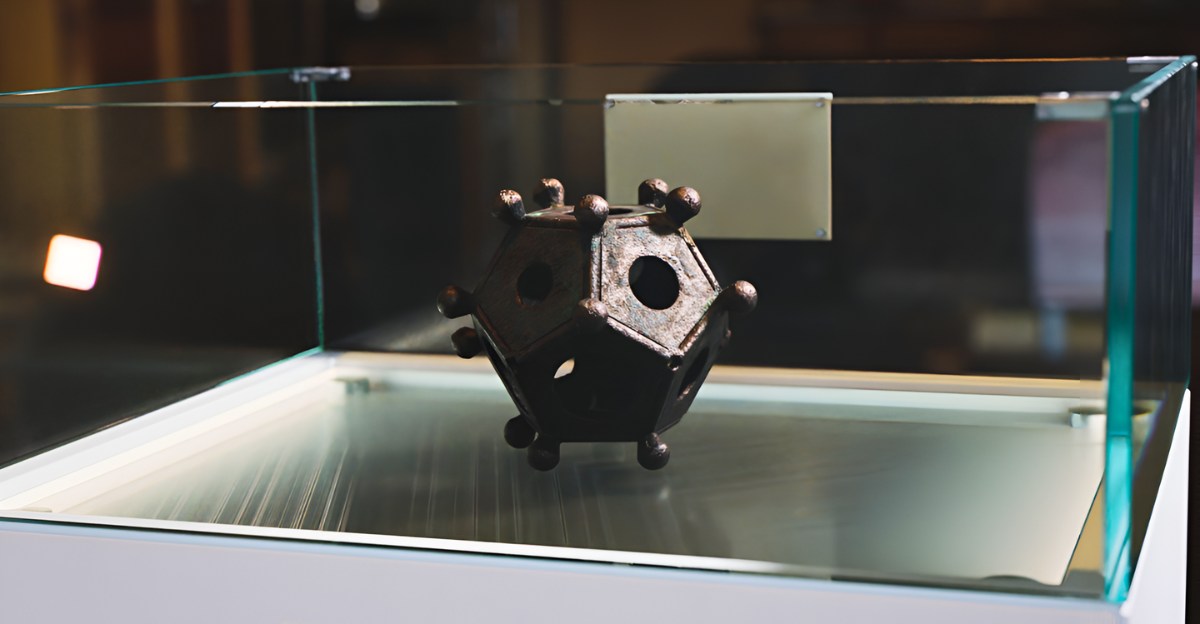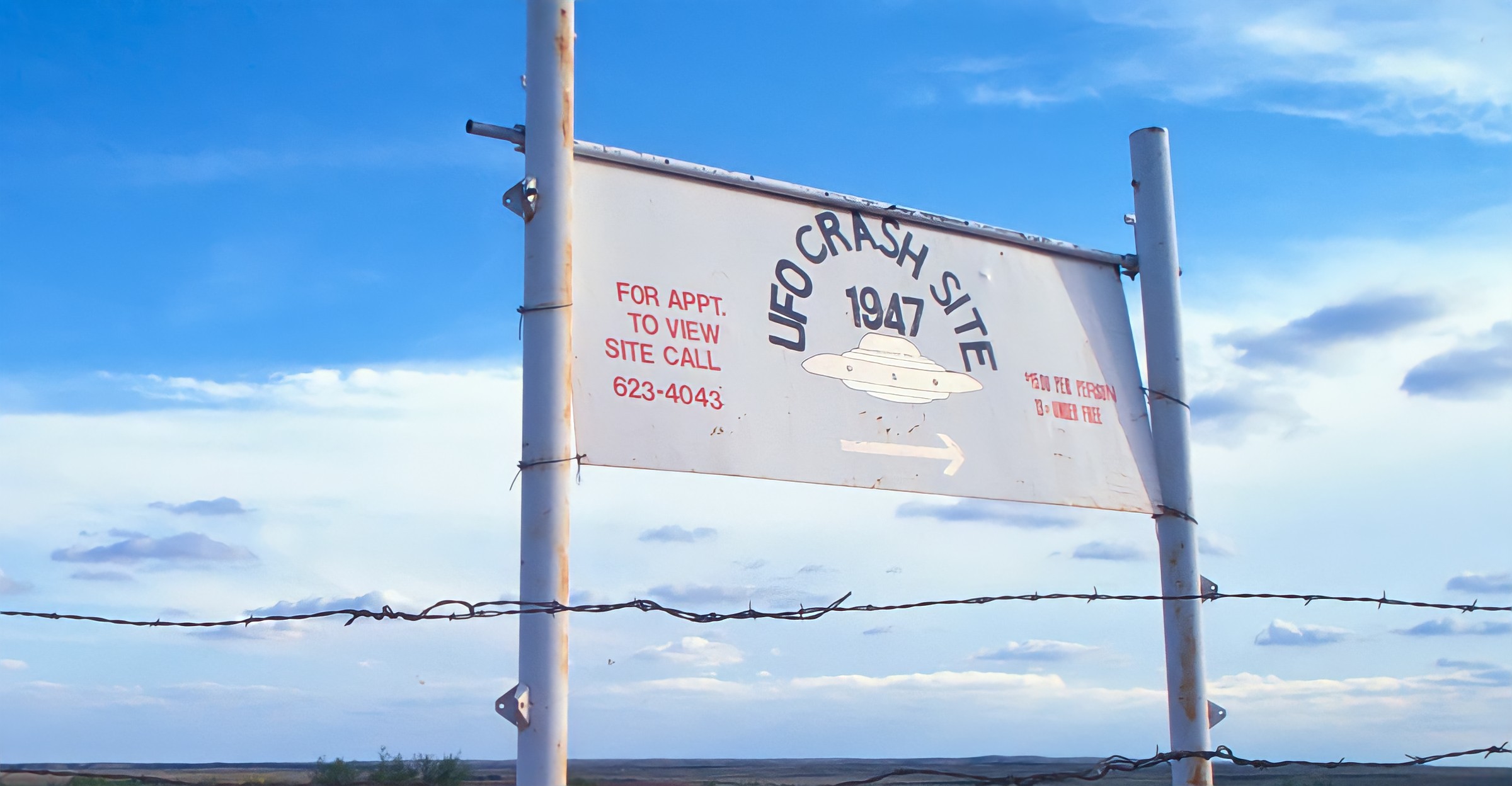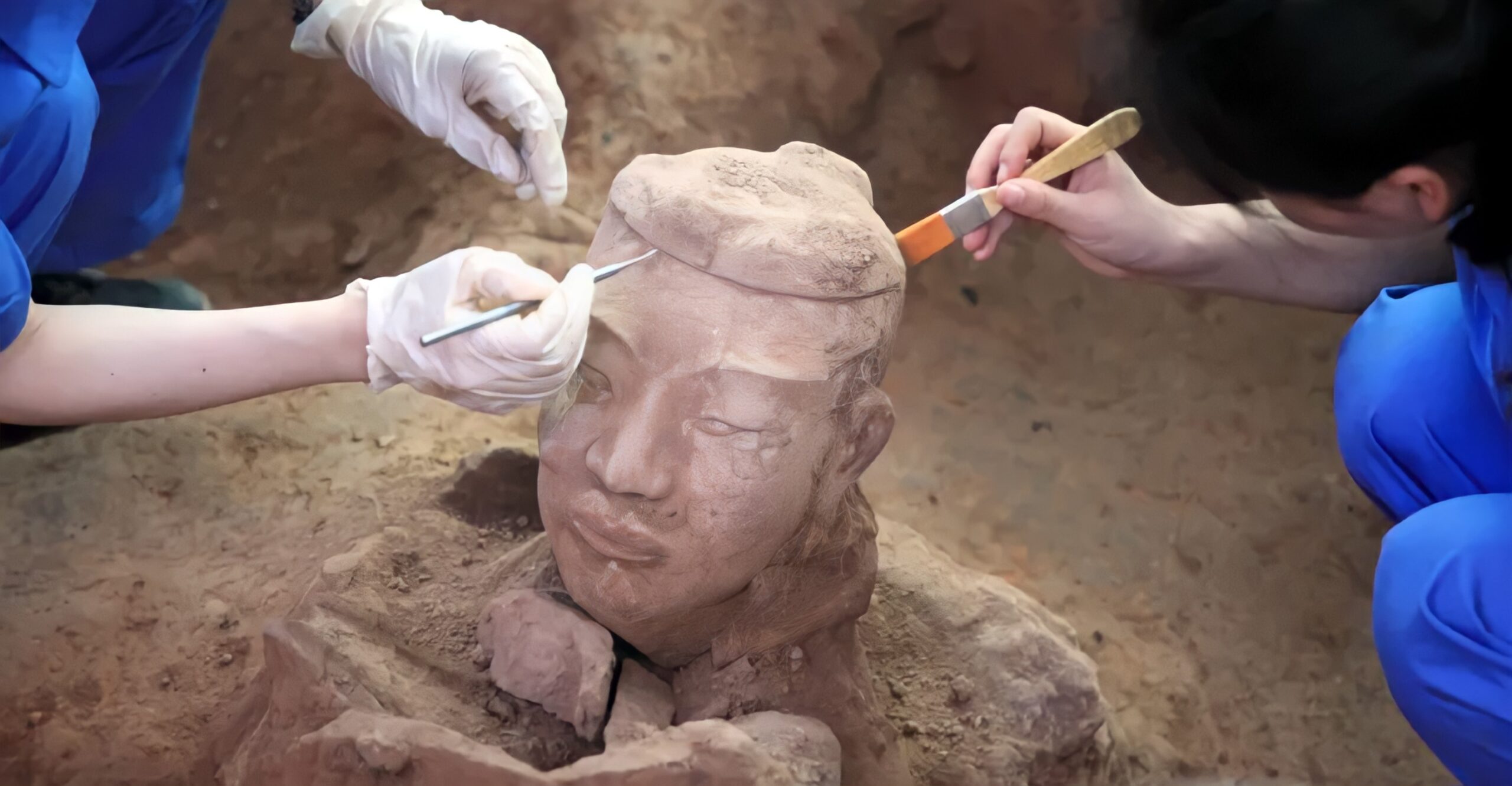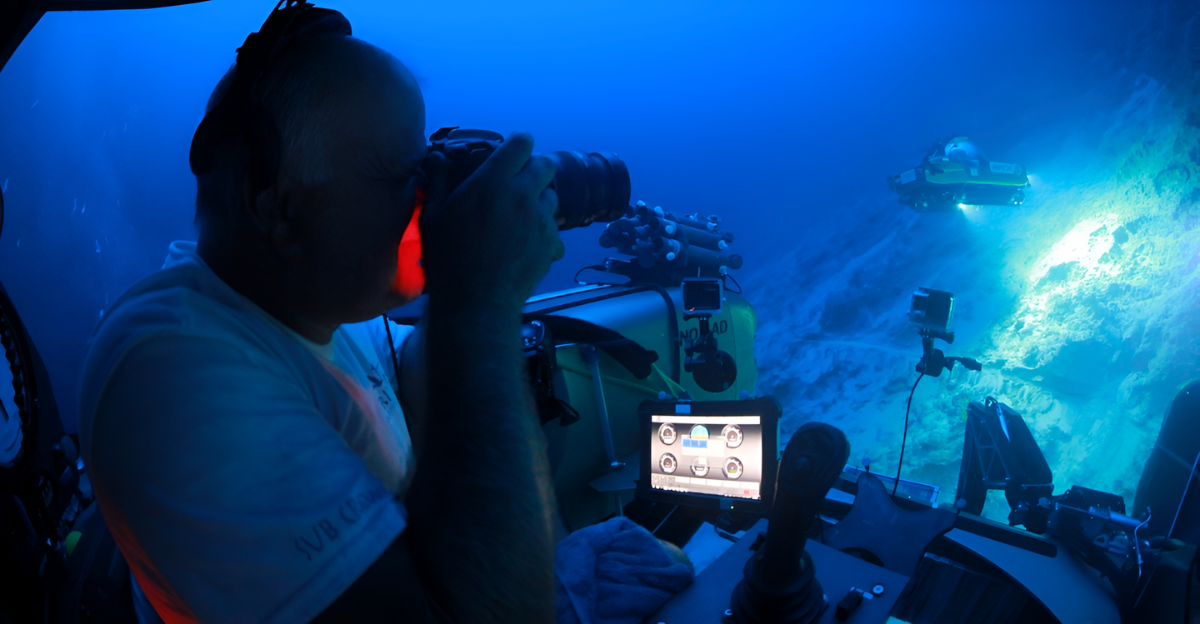
Along Europe’s Atlantic edge, a remarkable discovery reshapes our understanding of human history. Archaeologists have unveiled ancient bone fragments that suggest early interactions between humans and marine giants, pushing back our timeline of coastal resource use by nearly 19,000 years. This significant find challenges existing beliefs about Ice Age life.
“It challenges what we thought we knew about hunter-gatherer resourcefulness,” said Dr. Pierre Martin, a prehistorian at the University of Bordeaux. These relics raise profound questions about the sophistication of prehistoric coastal communities and the secrets the remnants might reveal about their relationship with the ocean.
Bone Clues Emerge
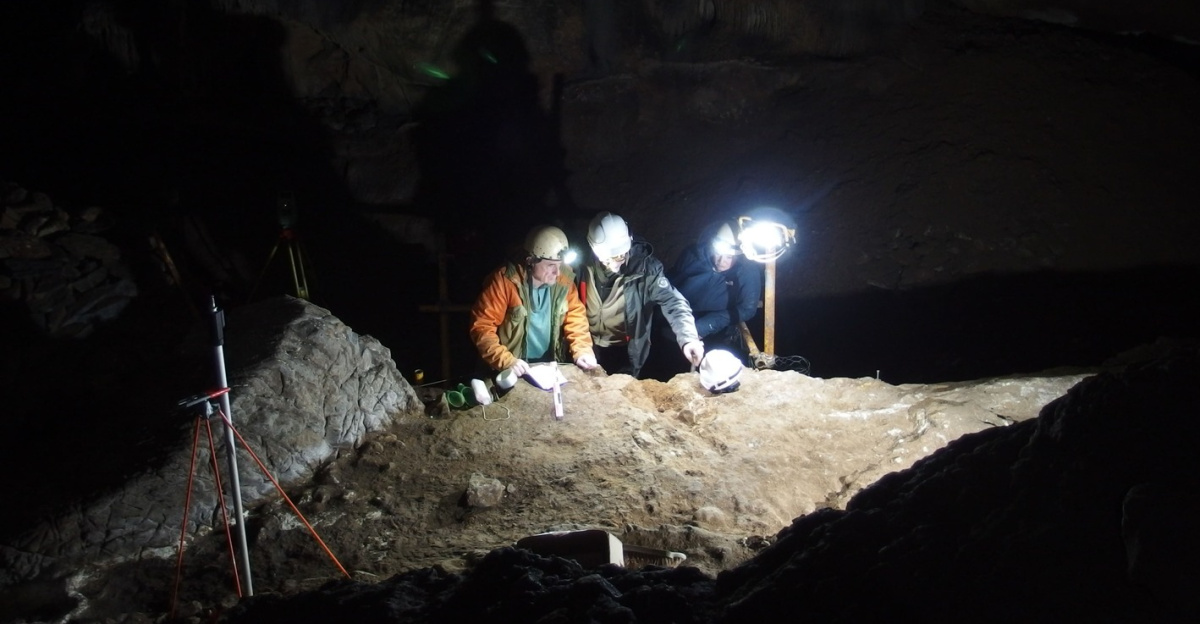
The breakthrough began during routine archaeological digs between modern France and Spain along the Bay of Biscay. Researchers discovered unusual tool marks on large bone fragments that did not correspond to known terrestrial animals.
Utilizing ZooMS collagen fingerprinting, the team confirmed that these remains originated from marine animals, whales, porpoises, and other large cetaceans. As they examined 71 tools with comparable features, questions began to swirl. Could these artifacts represent the oldest known tools made from whale bones, or was another story waiting to unfold?
Ancient Toolmaking Roots
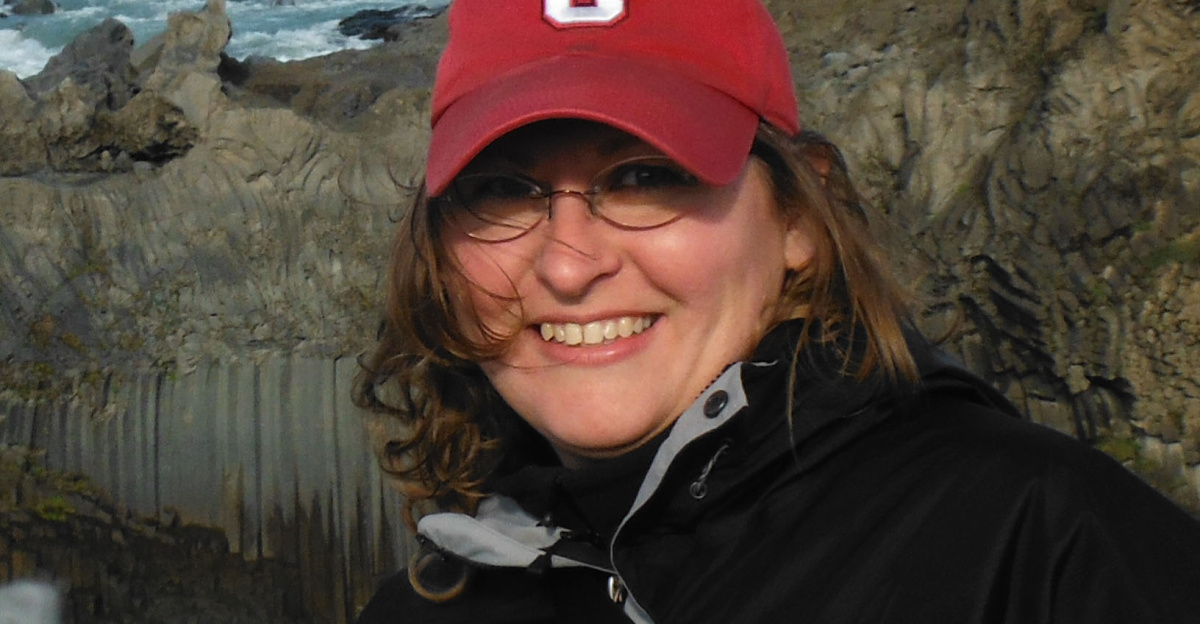
The traditional narrative of Ice Age innovation primarily focuses on stone tools, often overshadowing organic materials like bone. While sporadic European finds have suggested specialized boneworking as far back as 40,000 years, whale remains had not yet entered the equation.
Dr. Vicki Szabo, an influential anthropologist, notes, “Most people associate whale exploitation with much later, seafaring societies.” The discoveries in the Bay of Biscay challenge this assumption and invite reflections on what else might be hidden beneath the ocean’s depths, and why established theories may require revision.
Pressure from the Past

As the Ice Age waned, Western Europe’s climate became more temperate but unpredictable, pushing human groups to adapt their diets and toolmaking strategies. Evidence of widespread whale strandings along the Biscay coast hints at how prehistoric communities rapidly learned to scavenge these resources. “It was about survival and adaptation in a harsh, changing world,” said Dr. Jean-Marc Pétillon, who led the study.
His insights elevate the stakes for understanding how ancestral populations thrived amid competition, compelling us to consider what tools and shelters they constructed from whale bones for day-to-day existence.
Record-Setting Find
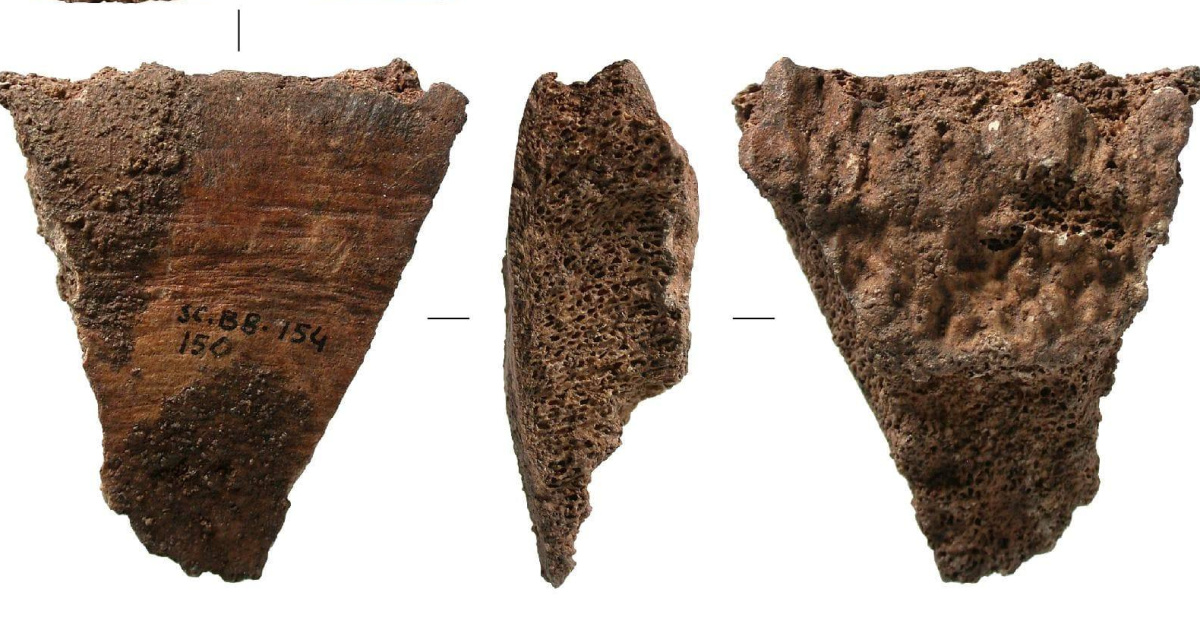
The pivotal moment came when carbon dating revealed the artifacts dated between 19,600 and 20,200 years old, making them the world’s oldest known whale bone tools. Published in Nature Communications on May 28, 2025, the study categorized most of these items as projectile points, likely functioning as spear and harpoon tips.
“We can confidently say that these are the most ancient implements of their kind,” asserted Dr. Pétillon. This discovery marks the first concrete evidence that Ice Age people sought to exploit whales for their technology, reshaping our narrative of early human ingenuity.
Impact on the Atlantic Coast
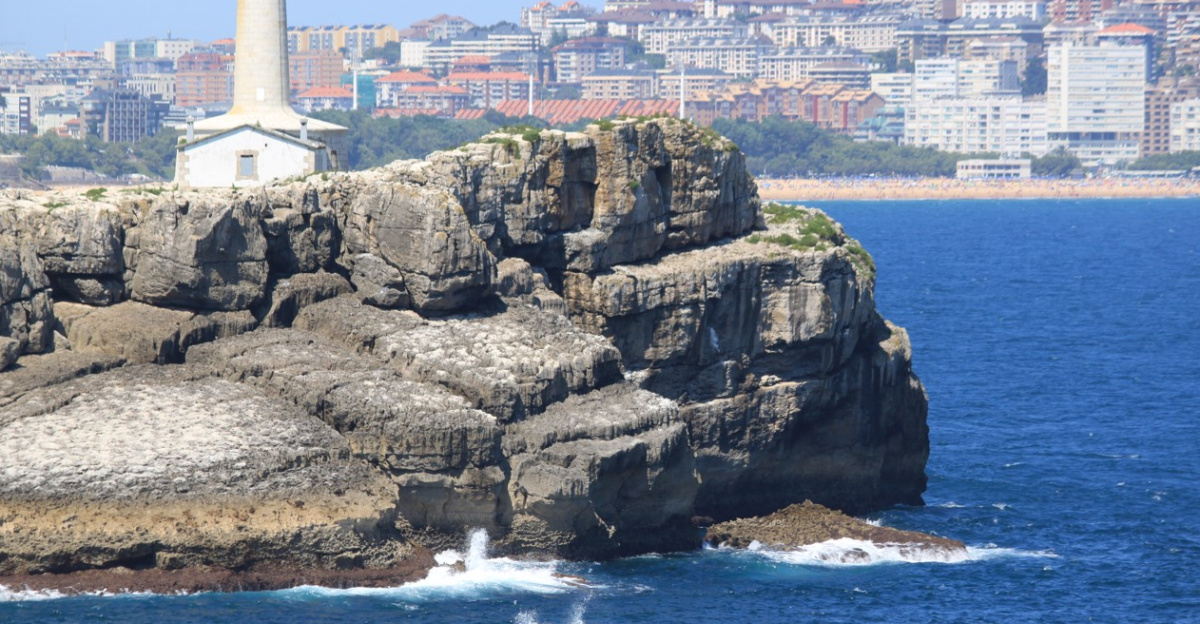
This historic find is primarily located in coastal caves and open-air sites along the Bay of Biscay, a region historically rich in ecological diversity but also challenging for early humans. The evidence suggests that these ancient Europeans hunted typical land animals and actively pursued marine life.
Tools crafted from whale bones have been documented across multiple sites, presenting fresh insights into trade and migration routes. As resident Maria Gonzalez lamented, “We’ve always known there was a connection to the sea, but this truly puts our community on the map.”
Human Stories Persist

Beneath the scientific discoveries lies an exploration of the lives lived by these ancient hunters. Imagine people braving wind-lashed shores, tracking stranded whales in the aftermath of storms. “It’s sobering to think of those who ventured onto exposed mudflats to salvage bones for tools,” noted Dr. Szabo. Contemporary Basque communities maintain a deep-rooted relationship with the sea through oral histories.
This connection adds a human dimension to the research, bridging past and present and igniting local pride and curiosity about the ingenuity of their ancestors.
Legal and Scientific Scrutiny

In France and Spain, significant archaeological discoveries are subject to stringent oversight by national heritage agencies. The assemblages of whale bones were carefully documented and preserved by the rigorous guidelines outlined in the French Heritage Code, in collaboration with the Instituto Nacional de Arqueología Preventiva (INRAP).
“Every artifact now forms part of the national patrimony,” explained Dr. Marie Fournier, the INRAP coordinator. This meticulous protocol ensures that scientific scrutiny continues while facilitating public access, striking a critical balance as worldwide interest in prehistoric marine tools intensifies.
A Broader Archaeological Pattern
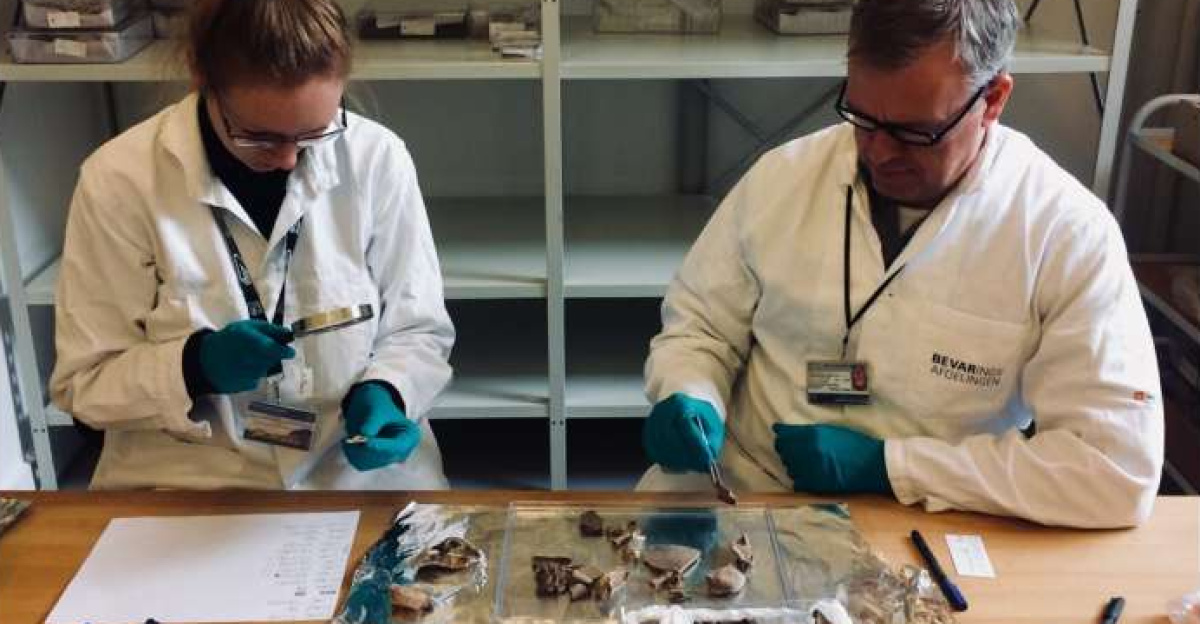
While the Basque whale bone tools are the oldest discovered, they are part of a global pattern: archaeological sites from Japan to Alaska reveal that early humans across the globe were quick to exploit marine strandings for their sustenance and craftsmanship.
Researchers are now using collagen fingerprinting as a pioneering method to distinguish between whale species and investigate the processes of their exploitation. As the archaeological narrative unfolds, it broadens our understanding of ancient human adaptation strategies beyond terrestrial resources.
Here’s Where It Gets Interesting
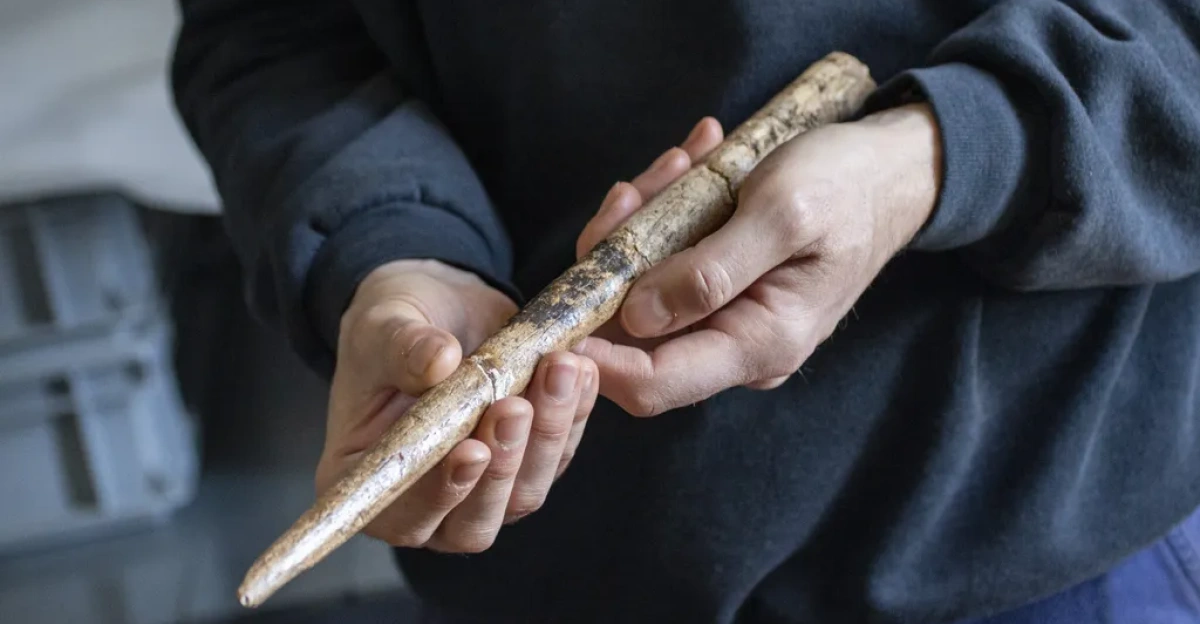
As more revelations come to light, they spark profound questions about the interconnectedness of human societies and their environments. What drove these communities to embrace the ocean’s bounty? How did they navigate the treacherous coastal landscapes, both physically and culturally? Each new artifact discovered has the potential to reshape our understanding of social networks and shared knowledge among prehistoric peoples.
The significance of these findings lies not solely in historical data but also in the broader implications for human adaptation, resilience, and exploration.
Resilience and Innovation

The discoveries highlight humanity’s remarkable adaptability in the face of environmental changes. Ancient humans learned to utilize available resources efficiently, fostering a deeper relationship with their surroundings. It’s a narrative echoed in the modern world, where communities are increasingly faced with climate challenges.
Echoing this adaptability, local historian Javier Menendez stated, “The lessons learned from our ancestors can guide us today as we navigate our changing environment.” In this context, these archaeological findings serve as a bridge, connecting the past with ongoing efforts to understand our present.
The Future of Archaeological Inquiry

As excitement builds around the implications of these discoveries, many researchers anticipate further findings that could deepen our understanding of early human interaction with marine life. The Bay of Biscay remains largely unexplored, and its waters could hold countless untold stories under its surface.
The local communities, inspired by these findings, are advocating for continued archaeological efforts. As one local fisherman remarked, “If there’s more to discover beneath the waves, we should dive in who knows what our history might reveal?”
Concluding Thoughts

As we reflect on the buried treasures of the Bay of Biscay, we are reminded that history isn’t merely a record of events and dates but a rich tapestry of human experience. The findings remind us that our ancestors were innovative thinkers who navigated challenges much like we do today, foraging on land and in untamed waters.
Their story challenges us to think critically about our relationship with the environment and inspires ongoing inquiry into how we can learn from the past while forging a sustainable future. The ocean remains a vital part of our history, and it continues to beckon us to explore its depths for knowledge yet uncovered.

